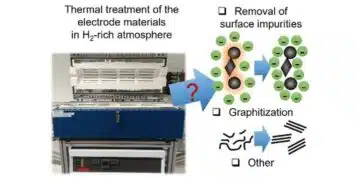source: Microwave & RF news
Medical electronic devices are expanding the capabilities for remote monitoring of a patient’s health and vital signs. As the number of these devices are worn by and/or embedded into a patient, nanonetworks are formed in which inter-device communications—as well as communication to a remote location, such as a hospital or doctor’s office—are made possible by means of wireless internet links. To better understand how such nanonetworks will perform when surrounded by the dielectric material known as human skin, a research team based in London and Qatar focused on the parameter extraction of skin material using terahertz-frequency time-domain spectroscopy (TDS) in the band from 0.1 to 2.5 THz.
The dielectric characteristics of skin and tissues are based largely on the high water content (water with a dielectric constant of about 80), and terahertz radiation has been shown to be very sensitive to changes in the water content of different materials, including skin and tissues. The terahertz spectroscopy was performed on human skin and tissue to develop better models for what will be wireless communications networks formed with the internet of nanothings for biomedical applications. The research team consisted of Nishtha Chopra, Ke Yang, Mike Philpott, and Akram Alomainy from the Queen Mary University of London, as well as Qammer Abbasi and Khalid Qaraqe from Texas A&M University at Qatar (Education City, Al-Rayyan, Qatar).
Considering the fact that human skin consists of three layers—the epidermis, dermis, and fat layers—the intent of using terahertz spectroscopy was to noninvasively study the dielectric characteristics of the dermis skin layer and its many complex structures (e.g., blood vessels, sweat ducts, and capillaries). The TDS system relies on coherent detection of pulsed terahertz waves mixed with sampling optical pulses in a detector. The terahertz spectral waveforms provide information about both phase and amplitude. Optical beams are split into two parts, so that not only the absorption of a sample can be obtained, but also the dispersion by analyzing the Fourier transform of the detected waveforms. The terahertz TDS system at Queen Mary University of London, which has a typical frequency range of 0.1 to 4.0 THz, was used in the analysis.
Insight into the dielectric properties of human skin was gained by studying dehydrated skin samples. This also reinforced the fact that the dielectric impact of water in human bodies must be modeled and accounted for when optimizing future in-body nanonetworks, such as those using medical sensors for analysis and study of tumors and cancers.
































